Nestled amidst the majestic peaks of the Hindu Kush and Karakoram mountain ranges in Gilgit-Baltistan, Pakistan, Ishkoman Valley unfolds like a hidden emerald. This enchanting valley, carved by the life-giving Ishkoman River, boasts a captivating blend of breathtaking landscapes, rich cultural heritage, and serene tranquility. Ishkoman Valley promises an unforgettable experience for travelers seeking adventure, cultural immersion, and a chance to reconnect with nature.
A Landscape Sculpted by Nature’s Grandeur
Ishkoman Valley, situated roughly 100 kilometers north of Gilgit city, resides at an elevation ranging from 2,100 to 3,700 meters above sea level. The valley’s heart is the Ishkoman River, a lifeblood that carves its path through verdant meadows and dramatic gorges. Lush forests carpet the lower slopes, while snow-capped peaks pierce the azure sky, creating a picture of awe-inspiring beauty.
A Haven for Adventure Seekers and Nature Enthusiasts
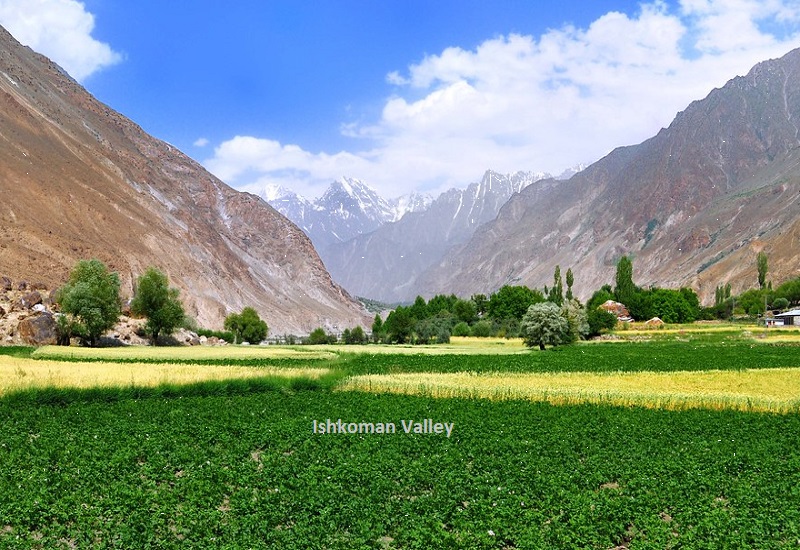
Ishkoman Valley caters to diverse interests. Trekking enthusiasts can embark on challenging trails that lead to breathtaking viewpoints, cascading waterfalls, and hidden glaciers. The valley also serves as a base camp for expeditions to some of the world’s most iconic peaks, including the mighty Koz Sar (6,677 meters).
Beyond the trails, Ishkoman Valley offers a plethora of activities for nature lovers. Birdwatchers can rejoice in spotting a diverse range of avian species, from majestic Himalayan Griffons to elusive owls and vibrant songbirds. The Ishkoman River provides opportunities for white-water rafting, offering a thrilling ride through dramatic gorges and tranquil stretches.
A Glimpse into the Past: Unveiling Ishkoman Valley’s History
History buffs will find themselves enthralled by Ishkoman Valley’s rich tapestry. Ancient petroglyphs etched on rocks by past inhabitants offer a window into their lives and beliefs. The strategically positioned Chatorth Fort and Chaqchan Fort stand as testaments to the region’s turbulent past, whispering tales of battles and conquests.
A Cultural Tapestry Woven by Warm Hospitality
The people of Ishkoman Valley, with their warm smiles and rich cultural heritage, are an integral part of the region’s charm. The valley is a melting pot of ethnicities, with the Wakhi, Shina, and Balti communities weaving a tapestry of cultural diversity. Visitors are welcomed with open arms and invited to experience the vibrant local culture.
Experiencing Ishkoman Valley’s Cultural Delights
Immerse yourself in the rhythm of traditional music that fills the air during lively festivals. Witness the skill of local artisans who create intricate wood carvings and colorful hand-woven rugs. Savor the flavors of delectable local cuisine, featuring fresh ingredients and traditional cooking methods. Don’t miss the opportunity to try the region’s famed apricots, renowned for their sweetness and flavor.
A Paradise for Relaxation and Rejuvenation
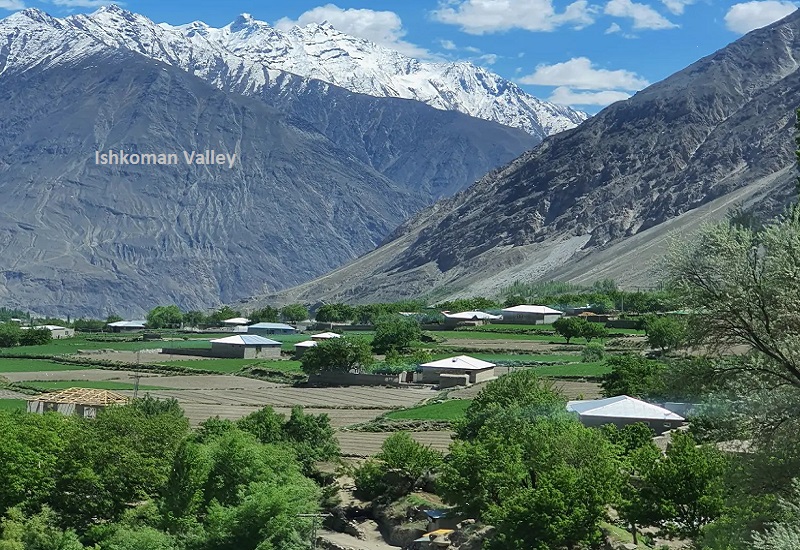
Ishkoman Valley, with its serene atmosphere and breathtaking beauty, offers a perfect escape from the hustle and bustle of city life. Relax by the banks of the Ishkoman River, surrounded by the calming sounds of nature. Hike through the lush meadows, breathing in the fresh mountain air and soaking in the tranquility of the valley.
A Photographer’s Paradise: Capturing the Essence of Ishkoman
Ishkoman Valley, with its captivating landscapes and vibrant culture, is a photographer’s dream. Capture the majestic peaks bathed in golden sunlight, the intricate details of ancient forts, or the joy on a villager’s face. From panoramic landscapes to intimate portraits, every corner presents a captivating scene waiting to be immortalized.
A Destination for All Seasons
Ishkoman Valley’s diverse landscapes offer a year-round destination for travelers. Spring (April-May) paints the valleys with vibrant hues of wildflowers, while summer (June-August) offers pleasant weather for exploration. Autumn (September-October) transforms the landscape into a tapestry of golden hues, and winter (December-February) blankets the mountains in a pristine coat of white, perfect for winter sports enthusiasts.
Exploring Ishkoman Valley Responsibly
While exploring the wonders of Ishkoman Valley, it’s crucial to be a responsible traveler. Respecting local customs and traditions, preserving the pristine environment, and supporting local communities are essential aspects of a fulfilling travel experience.
Here are some ways you can be a responsible traveler in Ishkoman Valley:
-
Minimize Waste: Pack reusable water bottles and shopping bags to reduce reliance on single-use plastics. Dispose of waste responsibly by using designated bins or carrying it back to a proper disposal point.
-
Respect the Environment: Avoid littering and tread lightly on the trails. Minimize campfire usage and prioritize existing firepits. Opt for eco-friendly toiletries and be mindful of water consumption, especially during dry seasons.
-
Support Local Communities: Choose locally-owned guesthouses and homestays over large chains. Opt for tours and activities led by local guides and purchase souvenirs from local artisans. This directly benefits the community and helps preserve cultural traditions.
-
Dress Modestly: Respect local customs by dressing modestly, particularly in religious and cultural areas. Opt for clothing that covers shoulders and knees.
-
Seek Permission: Before taking photographs of people, especially women and children, always seek their permission. This shows respect for their privacy and cultural norms.
By following these practices, you can ensure your visit to Ishkoman Valley is not only enriching for yourself but also contributes positively to the well-being of the region and its people.
Sustainable Practices for a Lasting Paradise
Ishkoman Valley, with its breathtaking beauty and rich cultural heritage, is a gem waiting to be explored. By embracing responsible tourism practices, we can ensure that this paradise remains pristine for generations to come.
Planning Your Trip to Ishkoman Valley
To embark on your unforgettable adventure in Ishkoman Valley, some logistical considerations are essential. The best time to visit depends on your preferred activities. Spring (April-May) and autumn (September-October) offer pleasant weather for exploration, while summer (June-August) is ideal for trekking at higher altitudes. Winter (December-February) transforms the landscape and caters to winter sports enthusiasts.
Getting There
Ishkoman Valley is accessible by road from Gilgit city. The journey takes approximately 5-6 hours by jeep or van. Public transport options are available, or private jeeps can be hired.
Accommodation
Ishkoman Valley offers a range of accommodation options, from comfortable guesthouses and homestays to eco-lodges nestled amidst nature. Choosing locally-owned accommodations supports the community and provides a more authentic experience.
Essential Permits
Depending on your planned activities, obtaining permits beforehand might be necessary. For trekking in certain areas or climbing expeditions, permits from the Gilgit-Baltistan Tourism Department are mandatory. It’s always advisable to check with local authorities or tour operators for the latest regulations.
Embrace the Adventure: Awaits in Ishkoman Valley
Ishkoman Valley beckons with its promise of adventure, breathtaking scenery, and a warm cultural embrace. By embracing responsible tourism practices, you can ensure your journey is not only rewarding for yourself but also contributes to the preservation of this enchanting corner of the world. So, pack your bags, embrace the spirit of adventure, and prepare to be captivated by the magic of Ishkoman Valley.
-

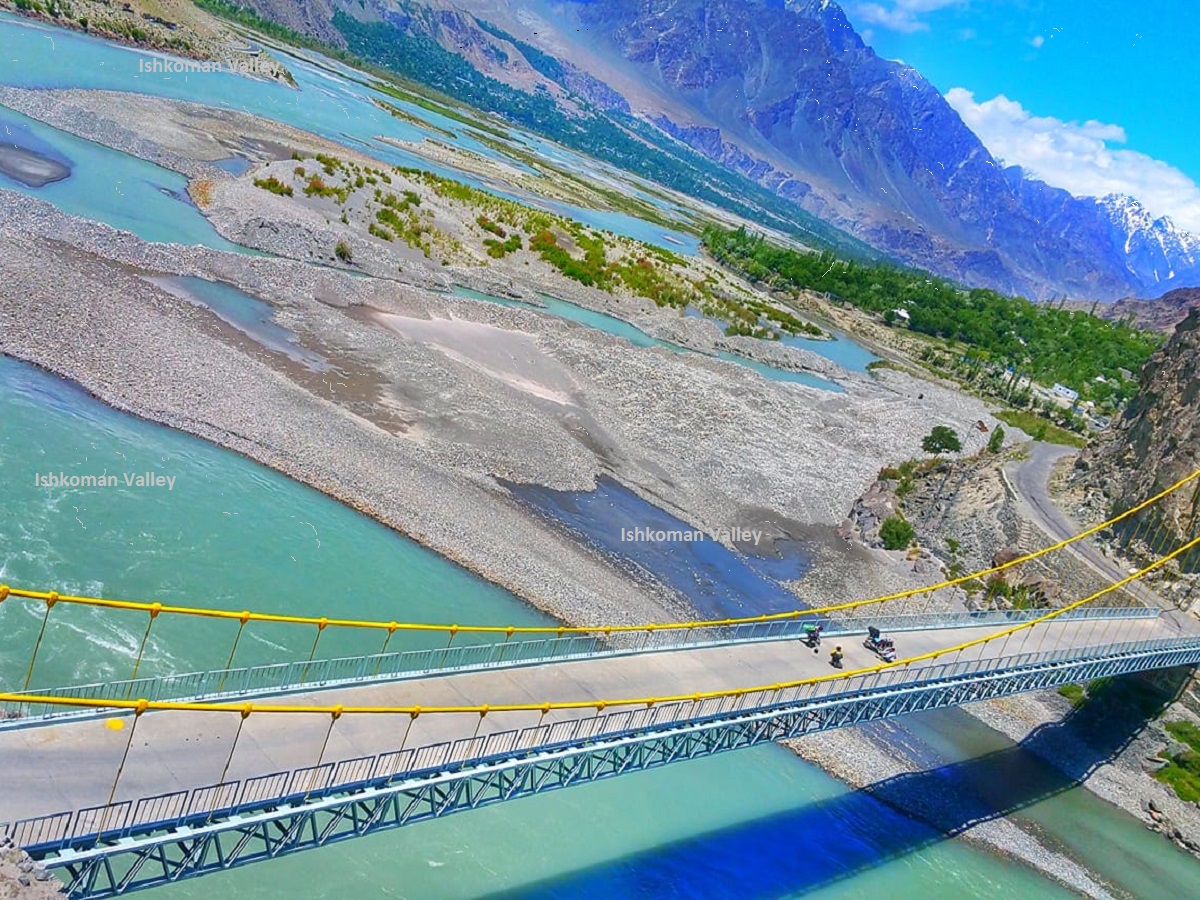
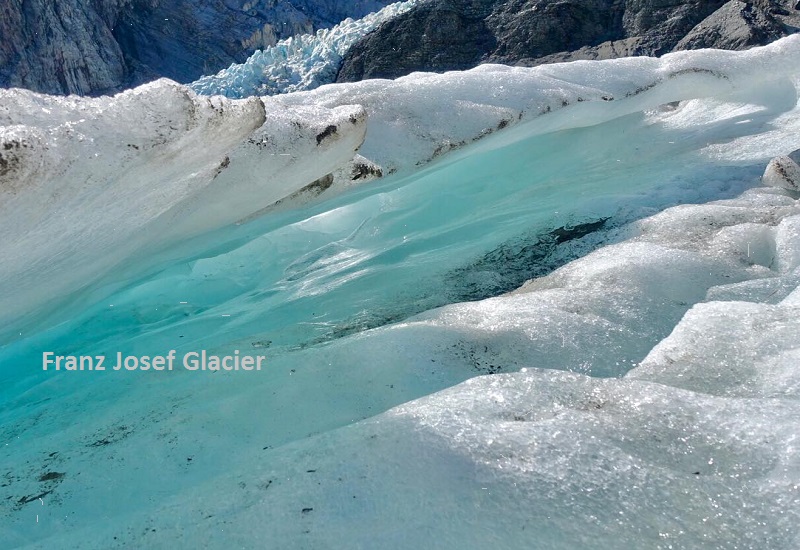
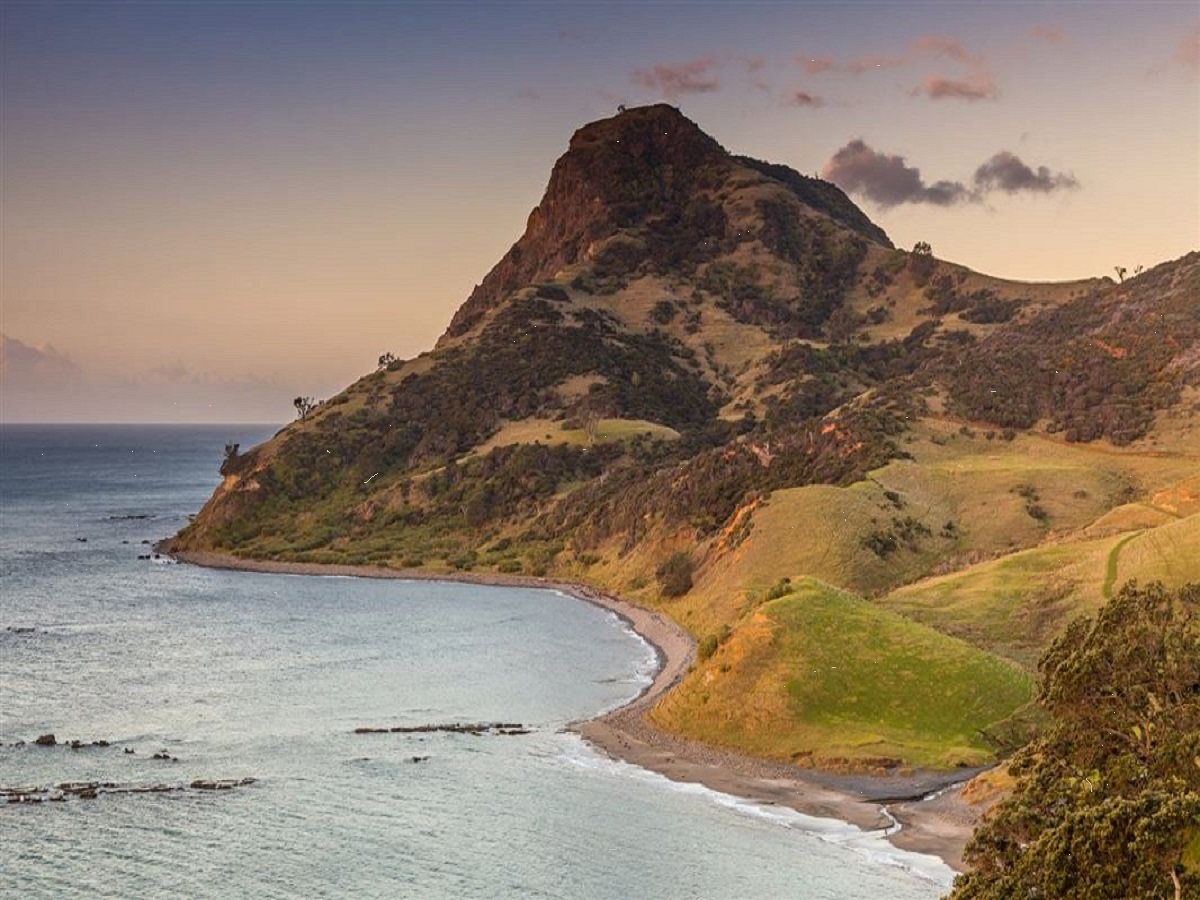

Leave a Reply